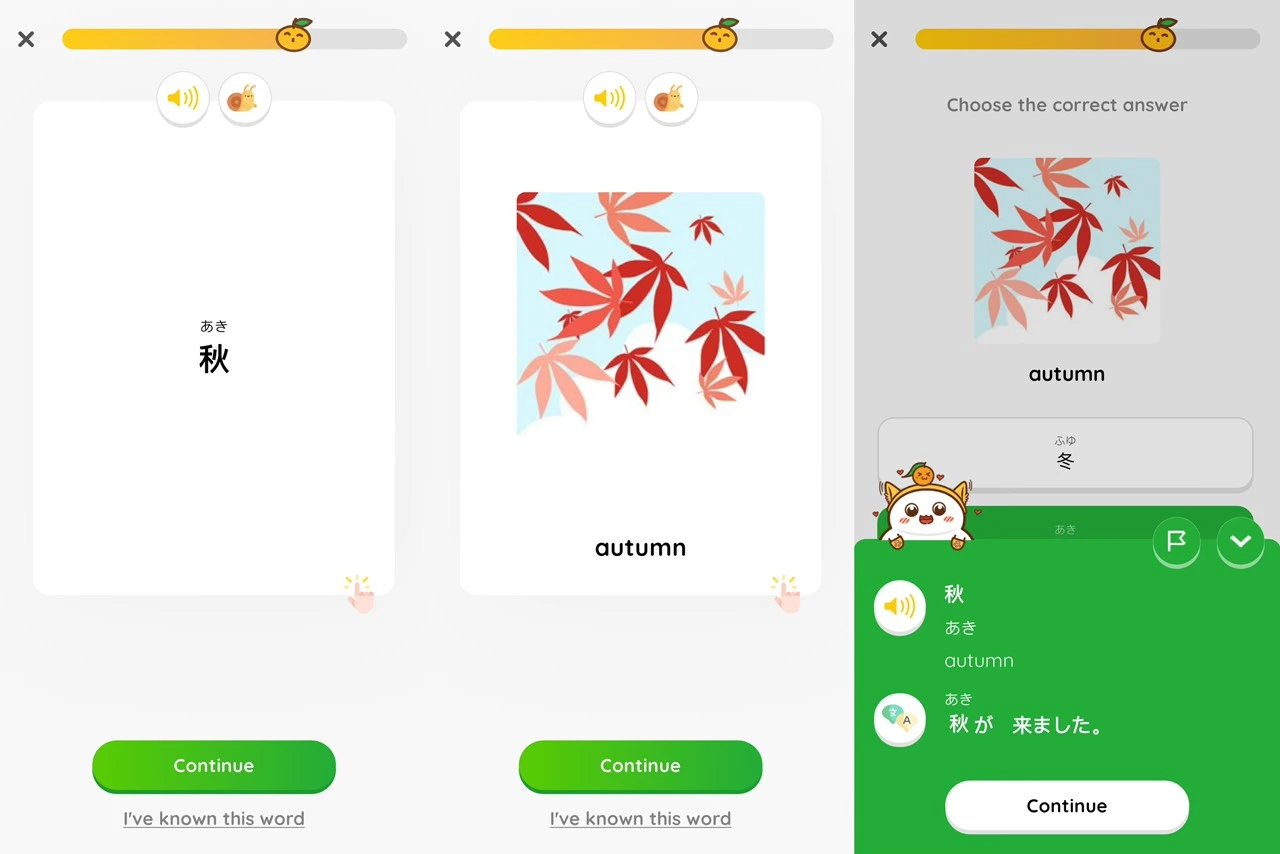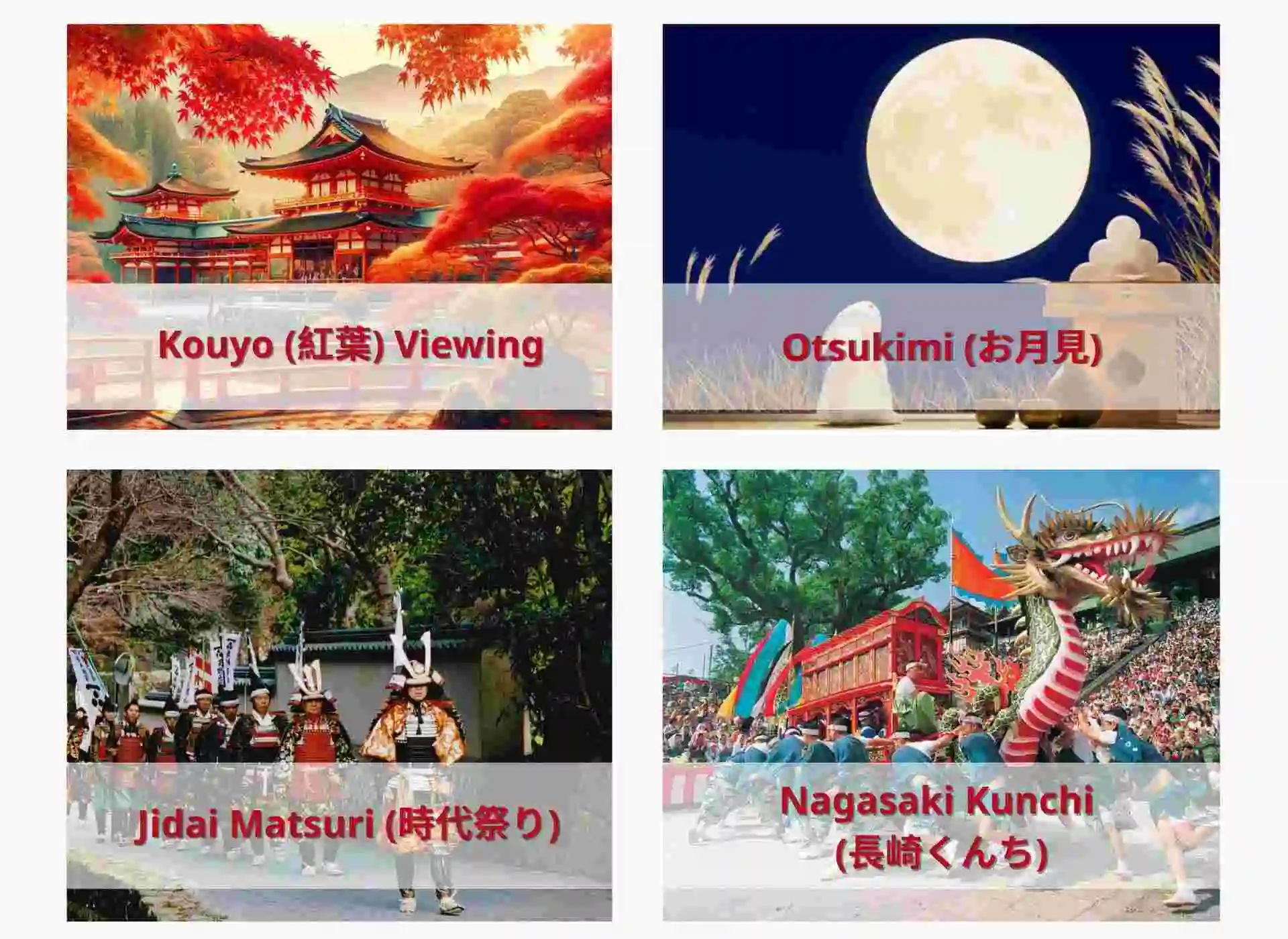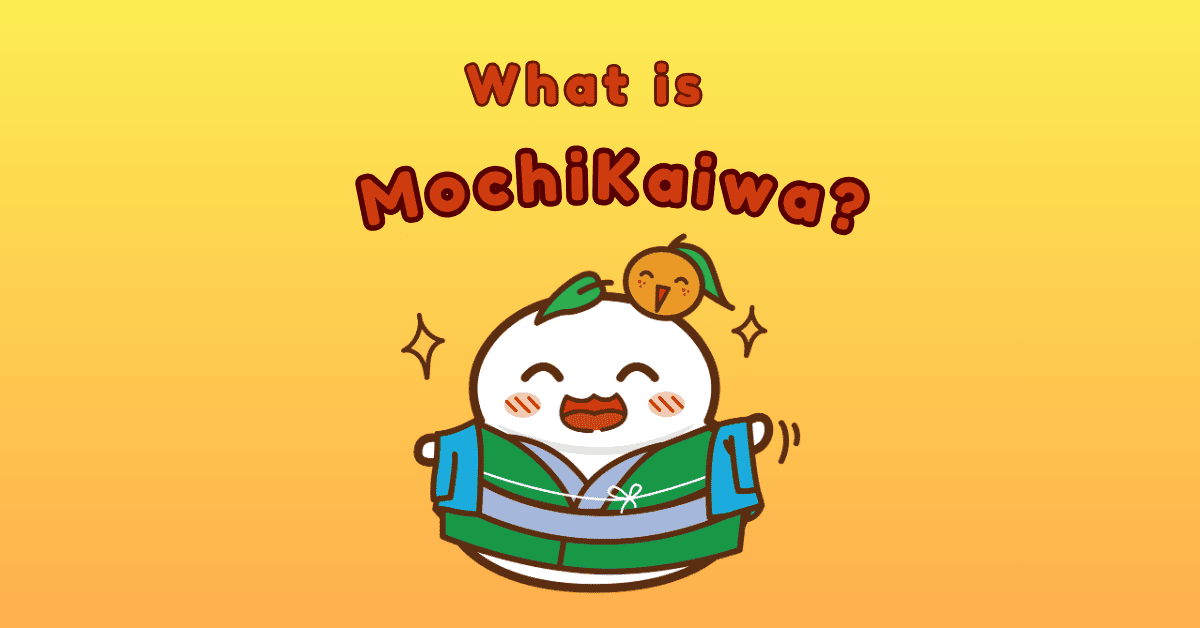Autumn in Japan is a breathtaking season that captivates both locals and visitors alike. The vivid hues of red, orange, and yellow leaves, the cool, crisp air, and the cultural festivals make it a special time of year. But how is “autumn” written and spoken in Japanese? What are some of the most beautiful words related to autumn in Japan? And what are the festivals that celebrate this season? Let’s dive into the enchanting world of autumn in Japan.
- How Do You Say Autumn in Japanese?
- 10 Beautiful Words for Autumn in Japanese
- Japanese Autumn Festivals
- Momijigari: “Hunting Red Leaves” in Japan
- Tips for Experiencing Autumn in Japan
- Conclusion
- FAQs

How Do You Say Autumn in Japanese?
In Japanese, autumn is written as 秋 and pronounced as “Aki.” The character 秋 (Aki) includes two parts: 禾 (which means grain) and 火 (which means fire), symbolizing the harvest season. The word for autumn is often used in literature, poetry, and everyday conversation to describe the season. Japan has four distinct seasons, each with its unique charm, it’s useful to know the words for other seasons in Japanese as well:
- Spring (春, haru): Known for cherry blossoms (sakura) and a sense of renewal.
- Summer (夏, natsu): Characterized by hot weather, festivals, and fireworks.
- Autumn (秋, aki): Famous for its colorful foliage and harvest festivals.
- Winter (冬, fuyu): Marked by snow, hot springs, and New Year celebrations.
Understanding these basic seasonal words can help you appreciate the nuances of the Japanese language and culture.
10 Beautiful Words for Autumn in Japanese
Through the Japanese language, we can see the rich beauty of autumn in Japanese. Not only does 秋 (aki) mean ‘autumn,’ but there are also many other words that describe the natural beauty and culture of Japan during this season. You can learn these words on various online platforms, or through the MochiKanji app – an app to help you master Japanese vocabulary quickly and effectively.
Using spaced repetition and memory support techniques, MochiKanji ensures that you retain what you’ve learned over time. You can also set personal goals to conquer, such as learning at least 100 words per month. By doing so, you can build a solid foundation and gradually expand your Kanji knowledge. Here are 10 beautiful words that describe the splendor of autumn in Japanese, specially curated by MochiKanji.
1. 紅葉 (こうよう – Kouyou)
- Meaning: Autumn Leaves
- Description: This word refers to the changing colors of leaves in autumn, a phenomenon that is highly celebrated in Japan.
2. 秋風 (あきかぜ – Akikaze)
- Meaning: Autumn Breeze
- Description: This term describes the cool, refreshing breeze that is typical during the autumn months.
3. 収穫祭 (しゅうかくさい – Shuukakusai)
- Meaning: Harvest Festival
- Description: This festival is held to celebrate and give thanks for the season’s bountiful harvest.
4. 落ち葉 (おちば – Ochiba)
- Meaning: Fallen leaves
- Description: This word captures the image of leaves carpeting the ground in parks and gardens.
5. 食欲の秋 (しょくよくのあき – Shokuyoku no Aki)
- Meaning: Autumn Appetite
- Description: This phrase highlights the increased appetite many people experience in autumn, often due to the abundance of delicious seasonal foods.
6. 月見 (つきみ – Tsukimi)
- Meaning: Moon Viewing
- Description: Tsukimi is a traditional celebration of the autumn moon, often accompanied by viewing parties and special foods.
7. 里帰り (さとがえり – Satogaeri)
- Meaning: Homecoming
- Description: This word refers to returning to one’s hometown, a common practice during autumn festivals.
8. 紅葉狩り (もみじがり – Momijigari)
- Meaning: Hunting red leaves
- Description: Describe the traditional Japanese activity of going out to appreciate and enjoy the changing colors of autumn foliage, particularly the vibrant red leaves of maple trees (Momiji).
9. 彼岸花 (ひがんばな – Hiranbana)
- Meaning: Red Spider Lily (Lycoris radiata)
- Description: Higanbana is a strikingly beautiful flower with vibrant red petals that form a delicate, spider-like appearance. The flower typically blooms in late summer to early autumn, coinciding with the Higan period.
10. 柿(かき – Kaki)
- Meaning: Persimmon
- Description: Persimmons are bright orange fruits that are sweet and slightly tangy when fully ripe. In Japan, persimmons are a symbol of autumn and are often seen in traditional and contemporary seasonal decorations.
To explore more beautiful Japanese words for autumn, you can use MochiKanji’s J-Dictionary to deepen your understanding and pronunciation. Start enriching your vocabulary with MochiKanji today!
Japanese Autumn Festivals
Autumn in Japan is a time for numerous festivals that celebrate the harvest, nature, and community. Here are some of the most notable Japanese autumn festivals.
1. Kouyou (紅葉)
- Kouyou, or autumn leaf viewing, is a popular activity where people travel to scenic spots to admire the colorful foliage. Famous kouyou spots include Kyoto, Nikko, and the Japanese Alps.
2. Otsukimi (お月見)
- Otsukimi, or moon viewing, is a traditional festival to honor the autumn moon. It usually takes place in September or October. People gather to appreciate the full moon, offer dango (rice dumplings), and decorate with susuki (pampas grass). This tradition dates back to the Heian period (794-1185) and is a time for poetry and reflection.
3. Jidai Matsuri (時代祭り)
- Held in Kyoto on October 22, Jidai Matsuri, or the Festival of Ages, celebrates the history of Kyoto with a grand parade featuring participants dressed in costumes from various periods of Japanese history.
4. Nagasaki Kunchi (長崎くんち)
- Nagasaki Kunchi, held from October 7-9, is a vibrant festival that showcases the unique blend of Japanese and foreign cultures in Nagasaki. The festival includes dragon dances, traditional music, and parades.
5. Takayama Autumn Festival (高山祭り)
- The Takayama Autumn Festival, held on October 9-10, is one of Japan’s most beautiful festivals. It features elaborate floats, known as yatai, which are paraded through the streets of Takayama, a city in the mountainous Hida region.
6. Kishiwada Danjiri Matsuri (岸和田だんじり祭)
- This thrilling festival, held in Kishiwada, Osaka, involves large wooden floats being pulled through the streets at high speeds. The festival takes place in mid-September and is a test of strength and teamwork.
7. Yabusame (流鏑馬)
- Yabusame, or horseback archery, is an ancient martial art during various autumn festivals, including the Kamigamo Shrine festival in Kyoto. Archers in traditional attire shoot arrows at targets while riding horses.
8. Harvest Festivals
- Throughout Japan, numerous local harvest festivals celebrate the bounty of the season. These festivals often include traditional music, dances, and food offerings to thank the gods for a good harvest.
These festivals highlight the cultural richness and seasonal beauty of autumn in Japanese, offering unique experiences and deep connections to Japanese traditions.
Momijigari: “Hunting Red Leaves” in Japan
A unique cultural activity that you should not miss when coming to Japan in the autumn is “Momijigari” (紅葉狩り), which translates to “hunting red leaves.” The term is used to describe the traditional Japanese activity of going out to appreciate and enjoy the changing colors of autumn foliage, particularly the vibrant red leaves of maple trees (Momiji).
Momijigari is a beloved autumn tradition in Japan, similar to the practice of “hanami” (flower viewing) in the spring. During Momijigari, people visit parks, gardens, mountains, and temples to view the spectacular fall colors. The word “kari” (狩り) means “hunting” or “picking,” but in this context, it implies “seeking” or “viewing.”
Where to See Autumn Leaves in Japan
Japan offers many famous spots for momijigari, each with its unique charm. Some popular destinations include:
- Kyoto: Known for its historic temples and gardens, Kyoto is a prime location for momijigari. The Kiyomizu Temple, Arashiyama, and the Philosopher’s Path are particularly famous.
- Nikko: This area in Tochigi Prefecture is renowned for its stunning autumn foliage, complemented by beautiful shrines and waterfalls.
- Hakone: Located near Mount Fuji, Hakone’s hot springs and scenic spots like the Hakone Open-Air Museum provide a perfect setting for momijigari.
- Tokyo: Urban parks such as Rikugien, Shinjuku Gyoen, and Mount Takao offer excellent leaf-viewing opportunities within the city.
Tips for Experiencing Autumn in Japan
If you plan to visit Japan during autumn, here are some tips to enhance your experience:
- Visit Scenic Spots: Some of the best places to enjoy autumn foliage include Kyoto, Nikko, and the Japanese Alps. Each offers stunning views of autumn leaves in various shades of red, orange, and yellow.
- Participate in Festivals: Join local festivals to experience traditional music, dance, and food. It’s a great way to immerse yourself in Japanese culture.
- Try Seasonal Foods: Autumn is a great time to try seasonal delicacies such as roasted sweet potatoes, chestnuts, and persimmons. Don’t miss the opportunity to enjoy these flavors.
- Take a Hike: Many of Japan’s hiking trails are at their best in autumn. Consider hiking in places like Kamikochi or Daisetsuzan to enjoy the crisp air and beautiful scenery.

MochiKanji’s vocabulary course is perfect for learning seasonal terms like “autumn” in Japanese. With interactive flashcards, engaging examples, and spaced repetition, you’ll easily memorize and recall words related to the autumn season. Enhance your Japanese language skills with MochiKanji and embrace the beauty of autumn in your studies!
Conclusion
Understanding how to say “autumn in Japanese” and exploring the related vocabulary and traditions can deepen your appreciation for this beautiful season. Autumn in Japanese is not just about the changing colors of the leaves but also about cultural festivities, delicious seasonal foods, and a profound connection with nature. By learning these words and customs, you can experience the essence of Japanese autumn more meaningfully. Whether you’re learning Japanese or planning a trip to Japan, embracing the language and culture of autumn in Japanese will enrich your experience and leave you with lasting memories.
FAQs
What is autumn called in Japan?
In Japanese, autumn is called 秋 (あき, aki). The season is associated with cooler weather, falling leaves, and various cultural festivals.
Does Aki mean autumn in Japanese?
Yes, Aki (秋) means autumn in Japanese. It can be used as a noun to refer to the season or as a given name that signifies the autumn season.
What is the Japanese word for autumn moon?
The Japanese word for autumn moon is 秋月 (あきづき, akizuki). This term is often used to describe the beautiful and clear moon seen during the autumn season, which is celebrated in various traditional festivals and poetry.









